
Sleep Music Therapy | Natural Solution for Better Sleep
The Science Behind Music and Sleep | Can It Help You Rest Better?
In today’s fast-paced world, sleep music therapy has emerged as a powerful solution for those struggling to achieve quality rest. With constant distractions, stress, and the pressure of daily life, many people find it increasingly difficult to fall asleep or stay asleep. Rather than relying on medications, many are turning to this natural, soothing approach to help them unwind and get the peaceful sleep they deserve. By leveraging the calming effects of music, sleep music therapy allows both the mind and body to relax, offering a gentle, drug-free way to improve sleep quality.
Sleep is more than just a time for rest — it’s vital for physical health, mental clarity, and emotional well-being. Yet, in today’s hyperconnected world, the quality of our sleep has declined significantly. Whether it’s due to stress, anxiety, or the overuse of digital devices, more people than ever are facing sleep challenges. As a result, the need for effective, non-invasive solutions like sleep music therapy is greater than ever.
Instead of turning to medications that can have unwanted side effects, many are seeking natural remedies like sleep music therapy to reset their sleep patterns. With its ability to influence the brain and nervous system, music has long been a tool for relaxation and healing. By incorporating specific types of music into your evening routine, you can create the perfect conditions for a restful and restorative night’s sleep.
In this blog, we’ll explore the science behind sleep music therapy, how it impacts the brain and body, and why it’s becoming a preferred method for those seeking a better night’s rest.
How Music Affects the Brain and Sleep

Sleep music therapy works because of music’s unique ability to engage both the mind and body. The right music can influence heart rate, breathing, hormone production, and even the pattern of brainwaves — all of which are critical in preparing the body for sleep.
Let’s break down how music interacts with the brain and nervous system to create a state of deep relaxation:
🎧 The Neuroscience of Music
From a neurological perspective, music stimulates several key brain regions. One of the most affected areas is the limbic system, which is responsible for processing emotions. This is why a certain melody can instantly calm you or make you feel nostalgic. Music also reaches the brainstem, which controls involuntary functions like breathing and heartbeat — making it an ideal tool to help your body slow down at night.
Neuroscientists have observed that slow, gentle music activates the parasympathetic nervous system, the part of the body that promotes rest and recovery. This shifts the body out of a “fight or flight” mode and into a “rest and digest” state, setting the stage for a smooth transition into sleep.
🧪 Hormonal Responses to Music
When you listen to calming music, your brain responds chemically. Levels of cortisol, the hormone associated with stress, begin to drop. At the same time, your brain may boost the release of dopamine and serotonin — the feel-good chemicals that foster contentment and emotional stability.
This hormonal shift not only helps you unwind emotionally but also improves physical readiness for sleep. Elevated serotonin levels are especially helpful because they’re linked to melatonin production — the hormone that regulates sleep-wake cycles.
🧠 Alpha Brainwave Stimulation
Brainwave activity is a key indicator of mental states, and music can influence it dramatically. When you listen to slow-tempo music, it encourages the brain to produce alpha waves, which are associated with a relaxed yet alert state — similar to what you might feel during meditation or daydreaming.
As you continue to listen, your brain may begin to shift into theta waves, which are more closely associated with light sleep and deep meditation. This gentle transition helps you drift naturally from wakefulness into the early stages of sleep without abruptness or tension.
Sleep Cycles and Music Timing
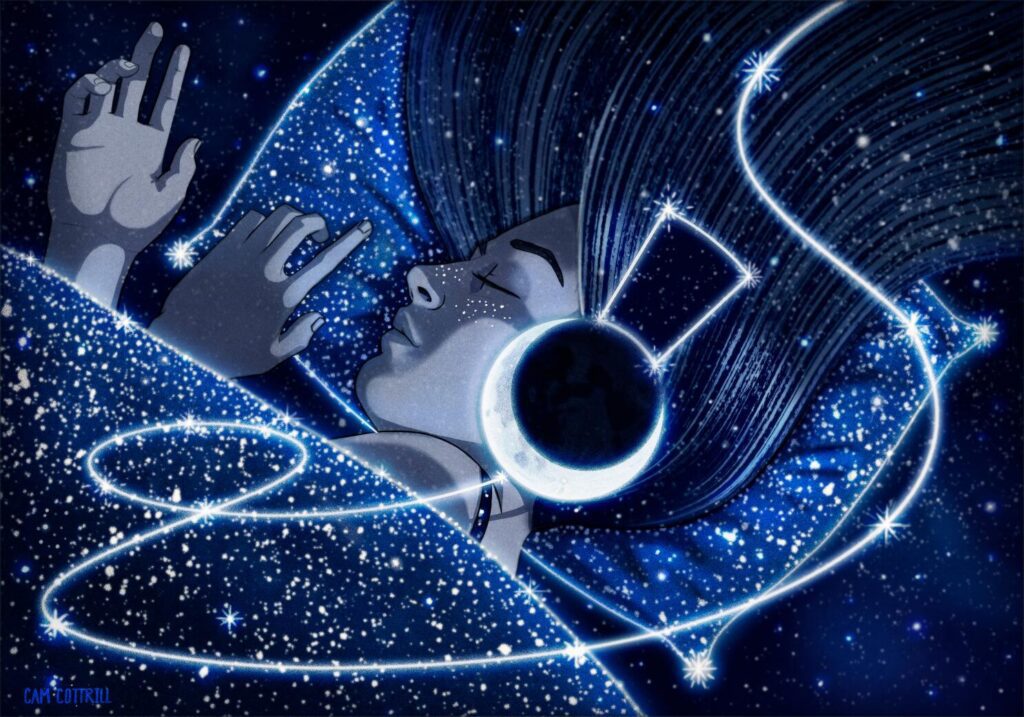
Sleep isn’t a single uniform state—it’s a series of stages that the brain cycles through several times each night. Each of these stages plays a specific role in maintaining physical health, cognitive function, and emotional balance. Understanding these cycles helps us see how music, when timed properly, can enhance the quality and rhythm of sleep.
⏰ Understanding Sleep Stages
There are typically five stages of sleep, categorized into Non-REM and REM phases:
Stage 1 – Light sleep: This is the transition phase between wakefulness and sleep. It lasts just a few minutes and is easily disrupted.
Stage 2 – Onset of actual sleep: Your body temperature drops, heart rate slows, and brain waves begin to shift.
Stage 3 & 4 – Deep sleep (slow-wave sleep): The most restorative stage. It’s when the body repairs itself, strengthens the immune system, and consolidates physical memory.
Stage 5 – REM sleep (Rapid Eye Movement): This stage supports learning and memory and is when dreaming occurs. The brain becomes active while the body remains still.
A full sleep cycle lasts around 90 minutes, and the body repeats it 4–6 times a night. Music can guide you gently into the early stages, ensuring that you begin your sleep in a calm, steady way, which helps set the tone for the rest of the night.
🎼 Music’s Role in Each Stage
Sleep music therapy is most effective when used before and during the initial transition from wakefulness to sleep. Music with a tempo of 60–80 beats per minute (BPM) closely mirrors the average resting heart rate. This synchronicity helps slow your heart rate and breathing, guiding your body into a relaxed state.
Starting your sleep playlist 30 minutes before bed gives your brain a soft signal that it’s time to unwind. This form of conditioning—using music as a nightly cue—can become a powerful habit that consistently prepares your body and mind for rest.
Moreover, some people benefit from leaving the music on throughout the night (using playlists with slow fade-outs or ambient loops), while others find it helpful to stop the music after falling asleep. Experimenting with what works best for you is key to maximizing results.
Music Types That Help You Sleep

Not all music is created equal when it comes to sleep. The kind of music you choose plays a big role in determining whether it helps you relax or ends up keeping your mind alert. The best sleep music is instrumental, slow-paced, predictable, and emotionally soothing.
Let’s take a closer look at popular music types that are especially effective in sleep music therapy:
🧘♀️ 1. Classical Music
Classical music has long been linked with relaxation and mental clarity. Pieces by composers such as Claude Debussy, Frédéric Chopin, and Erik Satie are particularly effective. Their compositions feature smooth transitions, minimal dynamic shifts, and gentle harmonies that help calm the mind.
Studies have shown that listening to classical music before bedtime improves sleep quality, especially in individuals with sleep disorders or anxiety. The absence of lyrics and the structured flow of classical pieces make them ideal for relaxing both the mind and body.
🌌 2. Ambient Music
Ambient music is built around soundscapes rather than structured melodies. It often includes soft drones, atmospheric textures, and slow-moving layers of sound that create a sense of spaciousness and calm. It’s designed to be unobtrusive—perfect for background listening without grabbing your attention.
Because ambient tracks are free of lyrical content and sharp shifts, they don’t stimulate the brain the way traditional songs might. This makes them excellent for gently fading into sleep and supporting uninterrupted rest.
💼 3. Lo-Fi Beats
Lo-fi (low-fidelity) music has become incredibly popular in recent years, especially among students and night owls. Characterized by mellow loops, vinyl crackle effects, and minimal percussion, lo-fi music offers a nostalgic, cozy vibe that many find comforting.
Lo-fi playlists often feature simple, repetitive patterns that ease mental chatter and help the brain focus on a single, relaxing rhythm. It’s particularly effective for those who want a bit of melody without the intensity of lyrics or dramatic crescendos.
🌊 4. Nature Sounds and Binaural Beats
Nature sounds—like rain, ocean waves, rustling leaves, or birdsong—have a grounding effect. They help mimic a peaceful outdoor environment and connect listeners with the rhythm of the natural world. These sounds mask disruptive background noise while promoting relaxation.
Binaural beats, on the other hand, use two slightly different frequencies in each ear to create a perceived third frequency in the brain. This technique can guide your brainwaves into alpha, theta, or delta states, depending on the desired mental state. When used correctly, binaural beats are powerful tools for easing anxiety and promoting deeper stages of sleep.
Music and Insomnia Relief
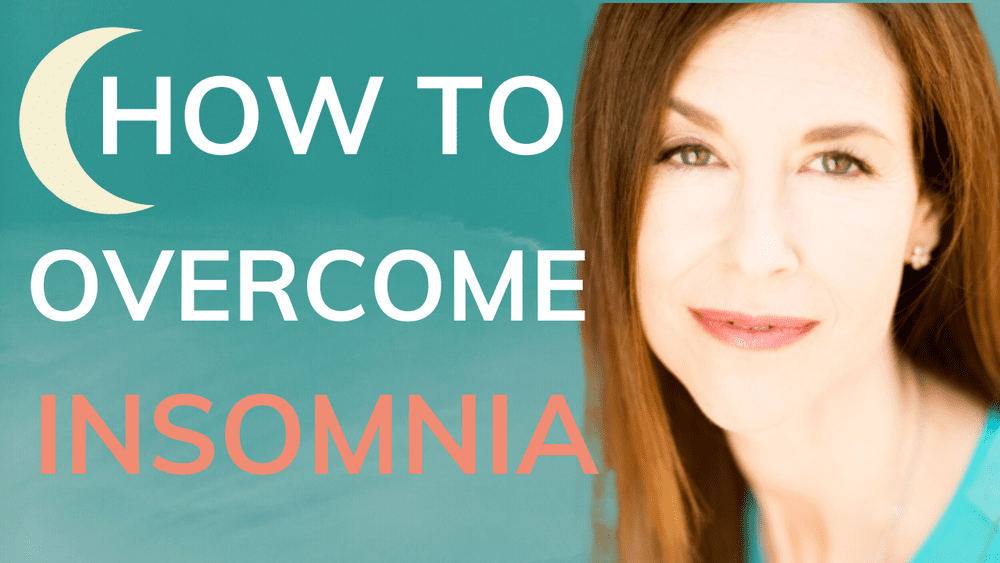
Insomnia is one of the most common sleep disorders in the modern world, affecting millions of people across all age groups. Whether it’s difficulty falling asleep, waking up frequently during the night, or feeling unrested after sleep, insomnia can seriously disrupt your quality of life. It drains energy, impacts mood, reduces focus, and even increases the risk of long-term health conditions like heart disease and depression.
While traditional treatments include medications and behavioral therapy, many individuals now turn to natural alternatives to address the root causes of their insomnia. Among these, sleep music therapy is gaining popularity as a gentle, drug-free method that supports sustainable, restorative sleep.
📨 What Is Insomnia?
Insomnia isn’t just about staying up too late or occasionally waking up at night. It’s a persistent condition marked by:
Difficulty falling asleep, even when tired
Waking up multiple times at night
Waking up too early and being unable to go back to sleep
Daytime fatigue, mood swings, irritability, or difficulty concentrating
Chronic insomnia can be caused by anxiety, depression, lifestyle habits, screen time, caffeine use, or even an irregular sleep schedule. Unfortunately, it creates a vicious cycle—the more stressed you feel about not sleeping, the harder it becomes to sleep.
🎵 How Sleep Music Therapy Helps
Sleep music therapy gently interrupts the stress-sleep cycle by soothing the nervous system and helping the mind detach from anxious or repetitive thoughts. When you focus on calming melodies, it redirects your attention away from worries and toward a predictable, peaceful pattern.
Listening to music before bed also enhances sleep onset latency—the amount of time it takes to fall asleep—and reduces nocturnal awakenings. Over time, this habit becomes a powerful cue for your brain, signaling that it’s time to relax and let go.
In essence, music serves as a non-verbal mindfulness tool, helping the listener become grounded in the present moment. For many people, this becomes the foundation of a more consistent, effective sleep routine.
🧠 CBT-I and Music
Cognitive Behavioral Therapy for Insomnia (CBT-I) is a gold standard in treating sleep issues without medication. It focuses on identifying and changing negative thought patterns and behaviors that affect sleep.
Many CBT-I practitioners now incorporate audio elements like sleep music, guided relaxation, and ambient sounds into therapy sessions. Music acts as a reinforcer of relaxation strategies taught during CBT-I—such as deep breathing, progressive muscle relaxation, and visualization.
In this context, sleep music therapy doesn’t just help you sleep better; it also helps retrain your brain to associate bedtime with calm, safety, and emotional ease.
Emotional and Mental Health Benefits
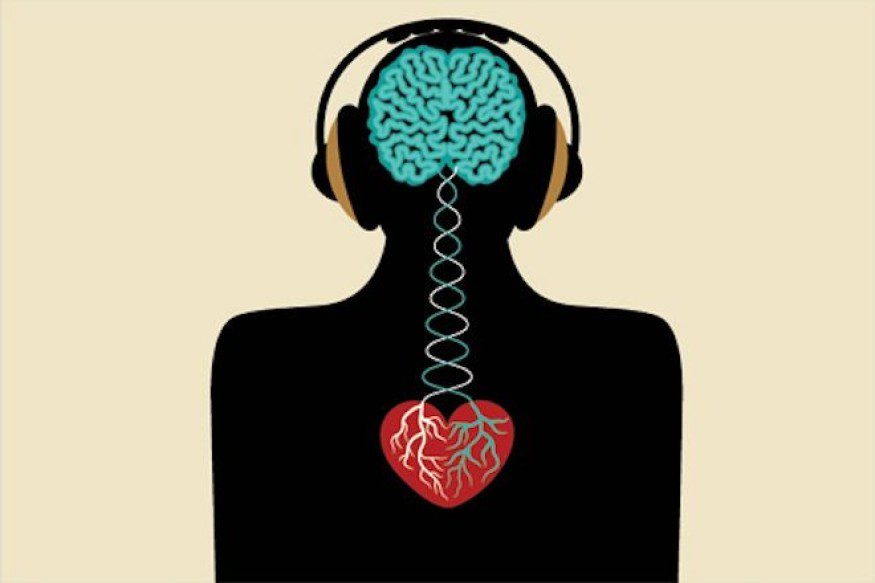
Sleep music therapy doesn’t just affect physical rest—it also has a profound impact on mental and emotional well-being. The relationship between music and emotion is ancient and deeply rooted in human psychology. As such, music becomes a powerful emotional regulator, especially during moments of mental turbulence.
For individuals struggling with stress, anxiety, depression, PTSD, or trauma-related insomnia, sleep music therapy can provide a soothing sense of emotional support and safety. This is especially important at bedtime, when emotional vulnerability tends to rise.
🌿 Music as an Emotional Regulator
Music acts like a mirror for your emotional state, helping you process feelings without needing to express them verbally. It calms the nervous system by:
Reducing overactive thought patterns
Slowing down the heart rate
Easing muscular tension
Bringing attention back to the body and breath
These effects are particularly important at night, when racing thoughts and unresolved emotions often come to the surface. Soothing melodies offer a gentle distraction, allowing the mind to let go and surrender to the present moment.
Music also provides a sense of continuity and routine, which is psychologically comforting. Creating a nighttime music ritual helps train the brain to feel emotionally secure, thereby improving sleep consistency.
🌈 Depression, PTSD, and Music
For individuals living with depression, post-traumatic stress disorder (PTSD), or grief, bedtime can be especially difficult. Silence at night may amplify painful memories or negative thoughts. But music can step in as a comforting companion—a nonjudgmental presence that fills the quiet with familiarity and warmth.
Familiar tunes and soft rhythms activate the brain’s reward system, providing micro-moments of joy or emotional grounding. Over time, this association builds a sense of safety around sleep, which is critical for trauma recovery.
In clinical settings, sleep music therapy has even been used alongside professional treatments to help manage symptoms of nightmares, emotional hyperarousal, and panic.
Ultimately, music supports not just sleep but emotional healing, offering peace where words might fail.
How to Make a Sleep Playlist
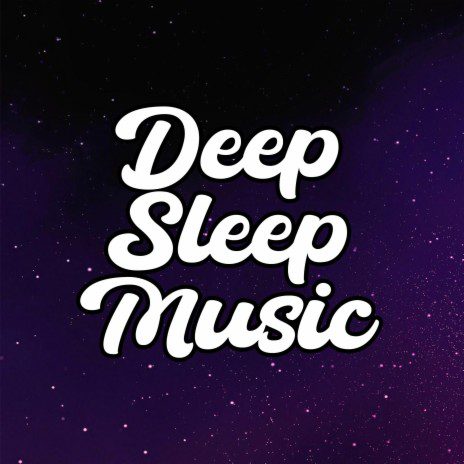
Creating a personalized sleep playlist is one of the most effective steps in embracing sleep music therapy. Unlike generic relaxation tracks, a thoughtfully curated playlist aligns with your unique emotional rhythms and sleep goals. It helps you wind down, disengage from the day’s stress, and ease into sleep naturally.
Whether you’re a fan of ambient soundscapes or mellow lo-fi beats, the key is to build a playlist that encourages relaxation and consistency. Done right, it becomes your nightly lullaby—subtly guiding your body and mind into a peaceful state of rest.
📝 Key Tips for Building the Perfect Sleep Playlist:
Choose Instrumentals Over Lyrics: Lyrics can stimulate the brain by prompting emotional responses or memories. Stick with instrumental pieces or songs in languages you don’t understand to prevent mental engagement.
Opt for Slow Tempos (60–80 BPM): This tempo mimics a resting heart rate, promoting calm and synchronizing your breathing. It eases your nervous system into a slower, sleep-friendly rhythm.
Create Gentle Transitions: Avoid abrupt song changes or overly dynamic tracks. Choose music that flows smoothly from one piece to the next, maintaining a consistent emotional tone throughout.
Limit Playlist Duration to 30–90 Minutes: Your playlist should ideally help you fall asleep within the first 30–45 minutes and fade gently as you progress into deeper sleep stages. Set a timer or use fade-out features to ensure music doesn’t disrupt sleep later in the night.
Use the Same Playlist Regularly: Repetition creates familiarity, which reinforces your brain’s association between those sounds and rest. Over time, just hearing the first few notes can trigger a feeling of drowsiness.
Experiment and Adjust: Not every track will work for every night. Don’t hesitate to swap out songs depending on how you’re feeling emotionally or physically. Flexibility is part of personalizing your sleep music therapy.
A curated sleep playlist is a tool for transformation. With consistent use, it becomes a trusted part of your bedtime ritual, one that calms your mind and gently whispers, “It’s time to rest.”
White Noise vs. Music
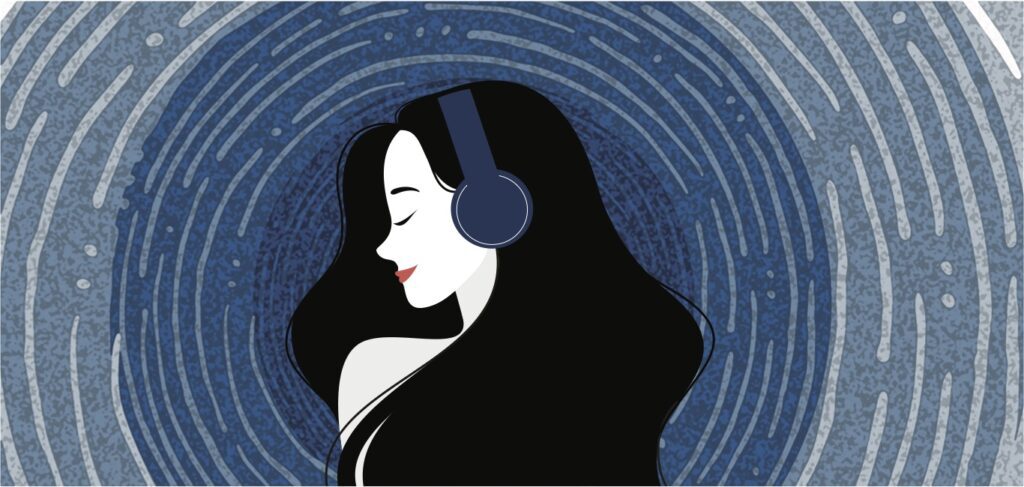
Many people exploring better sleep often wonder: Should I use white noise or sleep music? While both approaches are valid and effective, they serve slightly different purposes and stimulate the brain in distinct ways. Understanding their roles can help you decide what’s best for your sleep environment—or even how to combine the two for maximum benefit.
🔊 What’s White Noise?
White noise is a steady, unchanging sound that plays across all frequencies of human hearing. Think of a running fan, a humming air conditioner, or static from a TV. Its primary function is to mask background sounds, making it easier to sleep without sudden disruptions.
There are also variations like:
Pink noise (softer and more balanced)
Brown noise (deeper, rumbling tones)
Nature-based white noise (rainfall, ocean waves, wind)
White noise helps the brain by creating a neutral auditory environment, which minimizes distractions and supports uninterrupted sleep. It’s especially useful for people who:
Live in noisy neighborhoods
Share a bedroom with someone on a different sleep schedule
Are sensitive to sudden sounds at night
However, white noise lacks emotional depth or variation, which may make it less effective for people with anxiety or racing thoughts.
🎶 Why Music Might Be Better
Sleep music therapy adds a layer of emotional connection that white noise does not. Unlike white noise, which is purely functional, music offers warmth, comfort, and resonance with your inner emotional state.
Here’s why music might be the better choice:
Engages the heart and mind: Music creates a soothing emotional experience that helps you feel safe and secure.
Eases anxiety: Musical tones can release tension in ways that neutral sounds may not.
Improves mood before bed: A positive emotional shift supports deeper sleep and better dreams.
Boosts sleep quality over time: Music has been shown in studies to improve not just sleep onset but also the depth and duration of sleep.
🌀 When to Use Both
You don’t always have to choose between white noise and music. Many people combine the two to enhance the sleep experience. For example, you might:
Start with calming music as part of your wind-down routine
Shift to white or pink noise after falling asleep to prevent disturbances
Blend nature sounds with music for a rich, immersive soundscape
Ultimately, the best solution is the one that fits your lifestyle, personality, and sleep goals. Both white noise and music can be powerful tools—but when it comes to emotional grounding and mental ease, sleep music therapy offers an added depth that resonates deeply.
Global Sleep Music Traditions
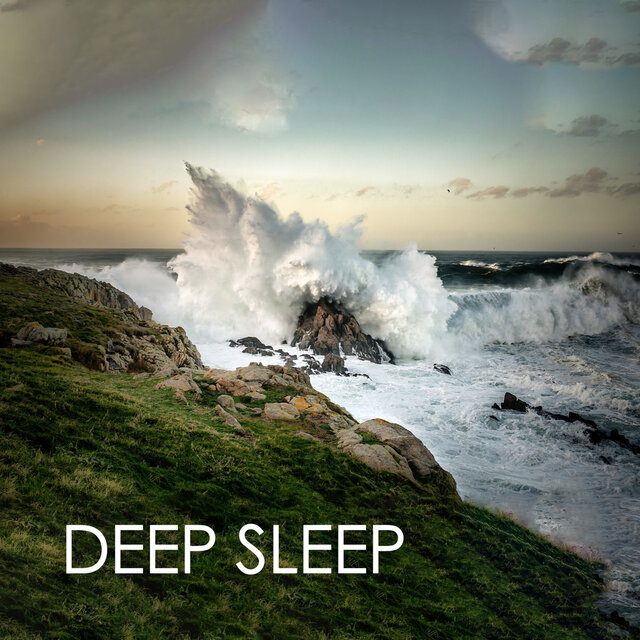
Sleep music therapy is not a new concept—it has roots that stretch back through centuries of human history. Across the world, various cultures have developed their own unique sound traditions specifically meant to promote relaxation, emotional healing, and sleep. These time-tested practices reveal a universal truth: music has always been humanity’s companion in the pursuit of peace and rest.
🎿 Ancient Wisdom from Diverse Cultures
Each civilization crafted its own musical rituals to mark transitions from wakefulness to rest. These were not just about entertainment—they were spiritual, therapeutic, and restorative in intent.
India: Ancient Indian music includes ragas—melodic frameworks designed to evoke specific moods or times of day. The Raga Nilambari, for instance, is traditionally played at night to calm the mind and aid in sleep. Many yoga and meditation sessions end with these ragas to signal closure and serenity.
China: Traditional Chinese medicine incorporates music as a way to balance the body’s internal energies (Qi). Soft flute melodies and five-element-inspired compositions are still used in wellness therapies for mental clarity and calm.
Africa: In various African cultures, drumming is used for both energetic and calming effects. Slow, rhythmic drum patterns, often played during healing ceremonies or nighttime rituals, help regulate heartbeats and synchronize with natural bodily rhythms.
Japan: The use of shakuhachi (bamboo flute) music is deeply meditative. Its breathy tones mimic nature, promoting inner stillness. Historically, it was used by monks for spiritual focus and silence—an ideal prelude to sleep.
Middle East & Mediterranean: Lullabies in these regions often include microtonal scales and gentle stringed instruments like the oud or qanun, creating a soft, enveloping soundscape meant to calm children and adults alike.
🌐 What This Means Today
These global traditions illustrate that sleep music therapy isn’t a trend—it’s a timeless human instinct. As modern research catches up with ancient wisdom, we’re discovering how effective these cultural practices are. Whether you’re listening to a guided raga playlist or ambient shakuhachi recordings, incorporating global sleep traditions can:
Expand your emotional vocabulary
Connect you with a sense of ancestral calm
Deepen your nightly wind-down ritual
Embracing these sounds reminds us that rest is a universal need—and that music has always been our gentle guide toward it.
Music and Childhood Sleep Patterns
While sleep music therapy is often associated with adults seeking calm, its influence starts much earlier—in infancy and early childhood. In fact, one of the earliest forms of sleep music therapy we experience is the lullaby. Whether sung by a caregiver or played from a recording, lullabies are more than soothing tunes—they are neurological tools that help build emotional bonds and regulate biological rhythms.
👶 How Lullabies Help
Lullabies are simple, repetitive, and emotionally comforting. They use gentle rhythms, predictable melodies, and soft vocal tones to create a sense of safety. From a neuroscience perspective, lullabies help:
Lower heart rate and breathing rate
Regulate body temperature
Reduce cortisol (stress hormone) levels
Increase oxytocin, promoting bonding and comfort
But lullabies are not just functional—they’re emotional bridges between caregiver and child. This emotional connection strengthens trust and creates a positive association with bedtime, laying the groundwork for long-term healthy sleep habits.
🧸 Research Findings on Childhood Sleep and Music
Numerous studies have confirmed the impact of music on infant and child sleep:
A 2020 study published in Sleep Health found that babies who were exposed to soothing music before bedtime fell asleep faster and slept longer.
Research from the Journal of Music Therapy shows that children with sleep difficulties respond positively to structured musical interventions, including soft instrumentals and nature-based soundscapes.
In pediatric hospitals, music is often used to reduce anxiety before sleep or medical procedures, demonstrating its therapeutic power even in stressful environments.
As children grow, their relationship with music continues to evolve—but the foundation laid in early life makes a lasting impression. Parents and caregivers can reinforce sleep-friendly behaviors by:
Playing gentle instrumental playlists during bedtime routines
Singing familiar songs during evening wind-down
Avoiding stimulating screen time and replacing it with soft audio cues
Ultimately, sleep music therapy during childhood doesn’t just help kids rest—it builds neural resilience, emotional regulation, and a lifelong relationship with relaxation.
Tools and Devices for Sleep Music
While music alone has powerful effects on sleep, using the right tools and devices can enhance your overall experience—making sleep music therapy more accessible, immersive, and consistent. Thanks to advancements in consumer technology, integrating music into your nightly routine is easier than ever. Whether you’re looking for comfort, convenience, or customization, there’s a sleep device for you.
🎧 Popular Sleep Music Tools:
1. Bluetooth Sleep Headbands
These wearable devices combine soft fabric headbands with flat, built-in speakers. Ideal for side sleepers, they allow you to comfortably listen to music without disturbing your partner or dealing with bulky headphones. Some models even offer features like white noise blending, automatic shut-off timers, or Bluetooth syncing with sleep apps.
2. Smart Speakers and Voice Assistants
Devices like Amazon Echo, Google Nest, or Apple HomePod can stream soothing playlists on command. You can schedule music to start at a specific time, integrate it into a broader bedtime routine (dim lights, adjust temperature, play music), and choose from thousands of sleep-dedicated playlists.
3. Sleep-Inducing Alarm Clocks
Modern alarm clocks are no longer just for waking up. Brands like Hatch and Philips offer devices that include sunset simulation lights, guided sleep sessions, and built-in sleep soundscapes. These clocks gradually transition from wakefulness to sleep, aligning with your body’s circadian rhythm.
4. Noise-Masking Earbuds
Designed specifically for sleep, noise-masking earbuds (like Bose Sleepbuds) play calming sounds while blocking out disruptive noise. Unlike typical earbuds, they’re built for all-night wear with soft, ergonomic designs that stay in place.
5. Dedicated Sleep Apps
Apps like Calm, Insight Timer, and Relax Melodies offer curated playlists, nature sounds, guided meditations, and sleep stories—all tailored for relaxation. These platforms often include tracking features that monitor your sleep patterns, helping you refine your music choices over time.
🛌 The Role of Technology in Sleep Hygiene
Using these tools can help establish consistency, which is vital in sleep training. Just as children thrive on bedtime rituals, adults also benefit from structured routines. When music becomes part of a system—supported by gentle lighting, soothing scents, or smart automation—it transforms your environment into a personal sleep sanctuary.
AI-Powered Music and Personalized Sleep
We’ve entered a new era where artificial intelligence (AI) meets sleep science. AI-generated music is revolutionizing how we approach rest, creating customized soundscapes that adapt to our emotional and physiological states in real-time. Unlike static playlists, AI compositions evolve based on user feedback, sleep data, and even environmental noise levels—making them an increasingly powerful tool in sleep music therapy.
🤖 What is AI-Generated Sleep Music?
AI sleep music uses algorithms to analyze biometric and behavioral inputs—like heart rate, brain activity, breathing patterns, and time of day. Based on this data, the AI crafts music designed to soothe the nervous system, lower stress hormones, and synchronize with your brainwaves.
Popular platforms and tools include:
Endel: Creates personalized, real-time audio environments based on your location, heart rate, and circadian rhythm.
Brain.fm: Offers AI-engineered music designed to enhance focus, meditation, and sleep using neuroscience-backed rhythms.
Mubert: Uses AI to generate endless streams of relaxing, genre-free music, tailored to mood and activity.
These services often come with apps that allow you to adjust intensity, style, and function—from deep sleep to power naps or anxiety relief.
📈 Benefits of Personalization
The beauty of AI-driven music lies in its deep personalization. No two people experience stress or sleep in the same way, so why should their sleep music be identical? Here’s how AI tailors music therapy:
Dynamic Adaptation: The music evolves based on your changing emotional state, ensuring that it remains effective even as your mood shifts.
Environmental Matching: AI can take into account weather, time zone, and ambient noise to craft the ideal soundscape.
Sleep Cycle Synchronization: Some apps use wearable data to time transitions in music with your natural sleep stages, helping you fall asleep faster and stay asleep longer.
🔄 The Future of Sleep Music Therapy
AI is bridging the gap between ancient therapeutic sound and modern neuroscience. As we move forward, expect to see even more advanced integrations—like sleep wearables synced with AI playlists, biofeedback loops that adjust music in real time, and even VR-based sleep environments enhanced by custom soundtracks.
Ultimately, AI-powered music turns your sleep experience into a living, breathing sound journey—deeply personal, scientifically grounded, and endlessly adaptive.
When and How Long Should You Listen?
🕐 Ideal Listening Routine:
Creating an effective sleep music routine is more than just pressing play. It’s about timing, volume control, and consistent practice. Here are the key steps to integrate sleep music therapy into your nightly regimen.
1. Start 30-60 Minutes Before Bedtime
The key to effective sleep music therapy is preparing your body for rest. By starting your music about 30 to 60 minutes before you intend to sleep, you give your body time to transition from wakefulness to relaxation. This gentle lead-up helps reduce cortisol (the stress hormone) levels and primes your brain for rest.
Timing: For those with busy lives, it may help to set a reminder to cue the start of your winding-down period.
Consistency: Try to begin your nightly routine at the same time each night to strengthen your body’s natural circadian rhythm.
2. Adjust Volume to Comfort
The volume of your music plays a significant role in its ability to promote sleep. The goal is not to drown out all external noise but to create a gentle auditory environment that encourages relaxation.
Optimal Volume: Keep the music at a low, soft level. Too loud, and it could have the opposite effect—stimulating your brain and preventing sleep. The sound should be comfortably soothing in the background, enough to provide a calming atmosphere without being intrusive.
Experiment: Some people may prefer absolute silence while others may need a bit of background sound to fall asleep. Try adjusting the volume to a point where it feels comforting and calming.
3. Let It Play Through Sleep Stages
Many sleep music playlists are designed to continue through the initial stages of sleep—moving from a calm, relaxing introduction into more soothing rhythms that can guide you through light sleep and deep sleep. You can opt for long-duration playlists (60 to 90 minutes) to ensure that the music transitions smoothly and consistently as you move through sleep cycles.
Continuous Flow: If you find that you wake up in the middle of the night, a continuous, uninterrupted sound may help you fall back asleep easily.
Avoid Mid-Night Changes: It’s best not to interrupt the music in the middle of the night, as doing so could disrupt your sleep cycle. Let the playlist play through until morning.
4. Consistency Is Key
To make the most out of sleep music therapy, regularity is essential. The body thrives on routine, and incorporating music into your nightly ritual is no different. Over time, your brain will associate specific melodies or rhythms with sleep, making it easier to transition into a restful state.
Habit Formation: Try using the same playlist or genre for a week or more to let your brain form a connection between the music and restful sleep.
Create a Relaxing Environment: Incorporate other relaxing elements into your routine, such as dimming lights, lowering the temperature, and perhaps using aromatherapy. These small additions can reinforce the calming effect of the music.
Final Thoughts | Why Sleep Music Therapy Works
Sleep music therapy offers a holistic, non-invasive solution to a common problem: achieving quality rest in an overstimulated, stress-filled world. While there is no one-size-fits-all answer to sleep difficulties, the therapeutic effects of music have been scientifically supported across a variety of individual preferences, sleep patterns, and emotional states.
🌙 Understanding the Science
Music affects the brain and nervous system in profound ways. From activating emotional centers in the brain to slowing the heart rate, music directly influences the physiological processes that lead to deep, restorative sleep. By engaging the body’s natural relaxation response, sleep music therapy allows the mind to shift from the busy thoughts of the day into a state of peaceful rest.
Additionally, music helps regulate hormones like cortisol and dopamine, both of which affect our emotional well-being and ability to relax. The increase in serotonin levels, for example, can create an overall sense of well-being, which is crucial for achieving quality sleep.
🧘♀️ The Power of Emotional Connection
One of the most important benefits of sleep music therapy is its emotional impact. Music is not just a collection of notes—it is an emotional language that connects directly with our internal state. Whether it’s the familiar comfort of a lullaby or the peaceful sounds of nature, music creates an environment of emotional safety, which is essential for letting go of the anxieties of the day and embracing sleep.
By incorporating calming sounds into our bedtime routines, we can make peace with our emotions, prevent racing thoughts, and cultivate an environment that is conducive to relaxation.
💤 A Customizable Solution for Everyone
The beauty of sleep music therapy is that it is highly customizable. From classical music to binaural beats, or even AI-generated music tailored to your specific needs—there is a wealth of options available. This allows you to personalize your sleep experience based on your mood, sleep cycles, or specific challenges. Whether you’re looking for a way to fight insomnia, reduce stress, or simply unwind after a long day, there is a sleep playlist or soundtrack that fits your needs.
🌙 A Gentle Path to Restful Sleep
In a world where sleep problems are increasingly common, sleep music therapy offers a gentle, natural solution that does not rely on medication or complicated interventions. By utilizing the power of sound, music therapy promotes a deeper connection to your own sleep cycle, helping to restore balance to your mind and body.
Whether you’re using a simple playlist or embracing cutting-edge AI-powered music, remember that the most important part of the journey is finding what works for you. Start by experimenting with different genres or devices, create your nightly routine, and embrace the calming power of music. With time and consistency, sleep music therapy can become a valuable part of your personal sleep ritual, guiding you to the peaceful, restful sleep you deserve.
🌙 Ready to Start Your Journey?
It’s time to embrace sleep music therapy and allow yourself the peaceful rest that your mind and body crave. Take a few moments tonight to curate your sleep playlist, dim the lights, and sink into a world of soothing melodies that will carry you into a night of deep, restorative sleep.
If you’re fascinated by how music can transform your mind and body, why not learn to create it yourself? Explore our keyboard and piano courses designed to help you master the art of soothing melodies that not only inspire but also promote better sleep.
For more information and exciting resources about learning music, visit our website at The Mystic Keys. For more music content and exciting offers follow us on
Facebook, Instagram, YouTube, LinkedIn, Twitter, Pinterest, Reddit, Threads, and Quora.













